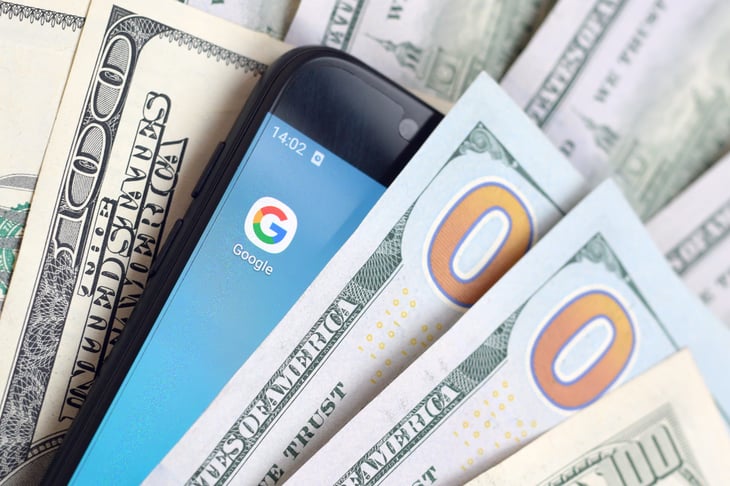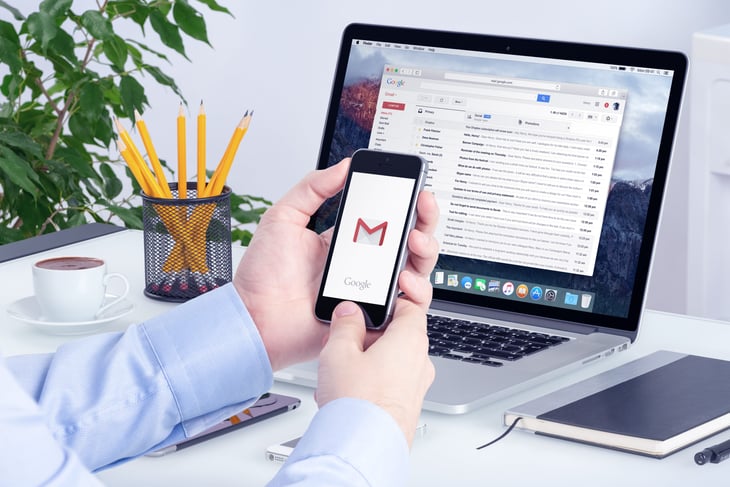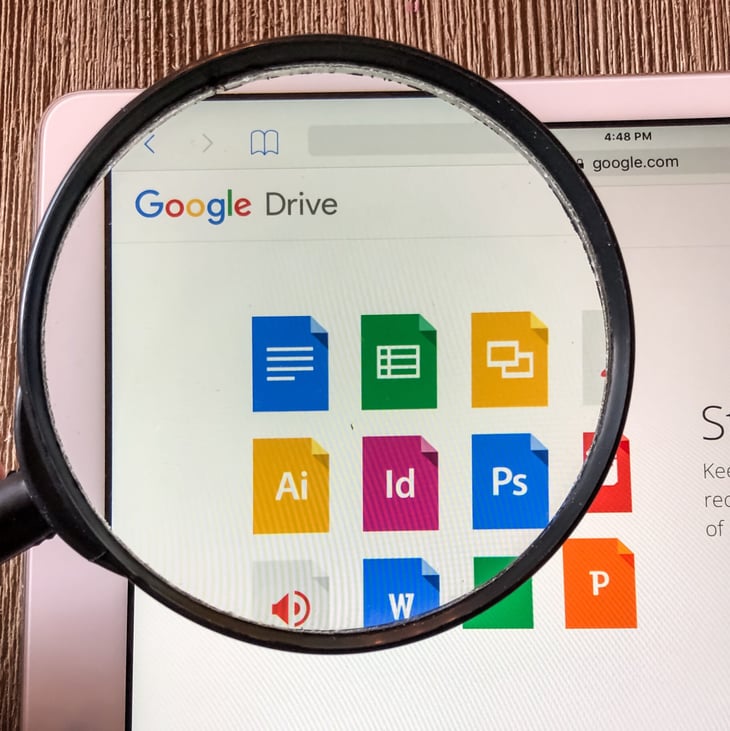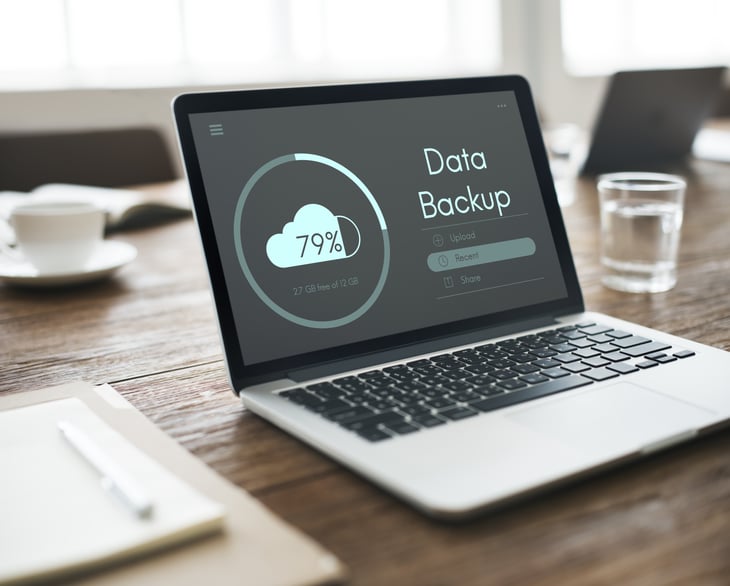
It seems like the free ride might be over for some people who use Google.
The company recently announced its plan to purge inactive accounts, claiming they could “be used for anything from identity theft to a vector for unwanted or even malicious content, like spam.” Of course, it offers a number of ways to keep accounts open — including by paying for Google One.
Google One is the company’s subscription service, offering users additional file storage and other benefits, with rates starting at $2 per month. All free Google accounts come with 15 GB of storage space while the subscription can provide as much as 2 TB. (That’s 2,000 GB.)
You might think the free account offers plenty of storage, but 15 GB doesn’t necessarily go that far if you use multiple Google services. Google Drive, Gmail and Google Photos all share that space. Once you hit the limit, the company asks for money.
If you don’t pay up, you’ll lose the ability to receive new emails or store new files.
Fortunately, Google does offer ways to stay on top of your storage. Following are steps you can take to keep your account free forever.
Delete old emails with large attachments

One of the easiest ways to trim the fat is by deleting emails you’ll never look at again anyway. In particular, you want to find the ones that have big file attachments — plain old emails don’t take up much space at all.
This is easier than it sounds: You don’t have to dig through years of email looking for that little paperclip icon that indicates an attachment. Instead, you just need to run a clever search query:
“has:attachment larger:10M”
Put that into the search box (without quotes) and Google will look for emails in your inbox and archives that have attachments larger than 10MB.
You can change the number to whatever you want. If you frequently receive lots of small files, you may want to set it lower. On the other hand, if you want to keep lots of files and only want to purge the very largest, set it higher.
Sort your Google Drive according to file size

You can similarly seek out the lowest-hanging fruit in your Google Drive by visiting your Drive quota page at drive.google.com/drive/quota.
This will enable you to sort your files according to size and easily delete things you no longer need. There are also filters to search by date (so you could just delete older files) or by file type if, say, you only want to delete PDFs.
Use Google Storage Manager

If the previous methods don’t quickly fix your problem, you can turn to Google Storage Manager for suggestions on what to toss. It will analyze your entire account and highlight big files you may have overlooked.
You’ll also get an estimate of how much space can be saved, and a thumbnail view where you can easily see and tick off what you want to delete without opening individual files.
Back up files to your computer

Another way to save a lot of space — although it takes more time, effort and your own storage space — is to back up files to your computer, an external hard drive or memory card and then delete the originals from Google’s servers.
Using Google Takeout, you can export all kinds of data, including stuff you probably didn’t know Google had, like location history.
It’s possible to download your entire Google Drive, as well as the contents of your Gmail and Google Photos accounts. You’ll find detailed instructions and answers to common questions on this help page.





Add a Comment
Our Policy: We welcome relevant and respectful comments in order to foster healthy and informative discussions. All other comments may be removed. Comments with links are automatically held for moderation.